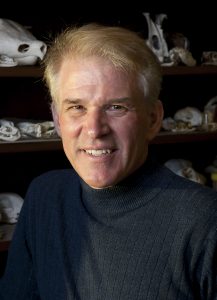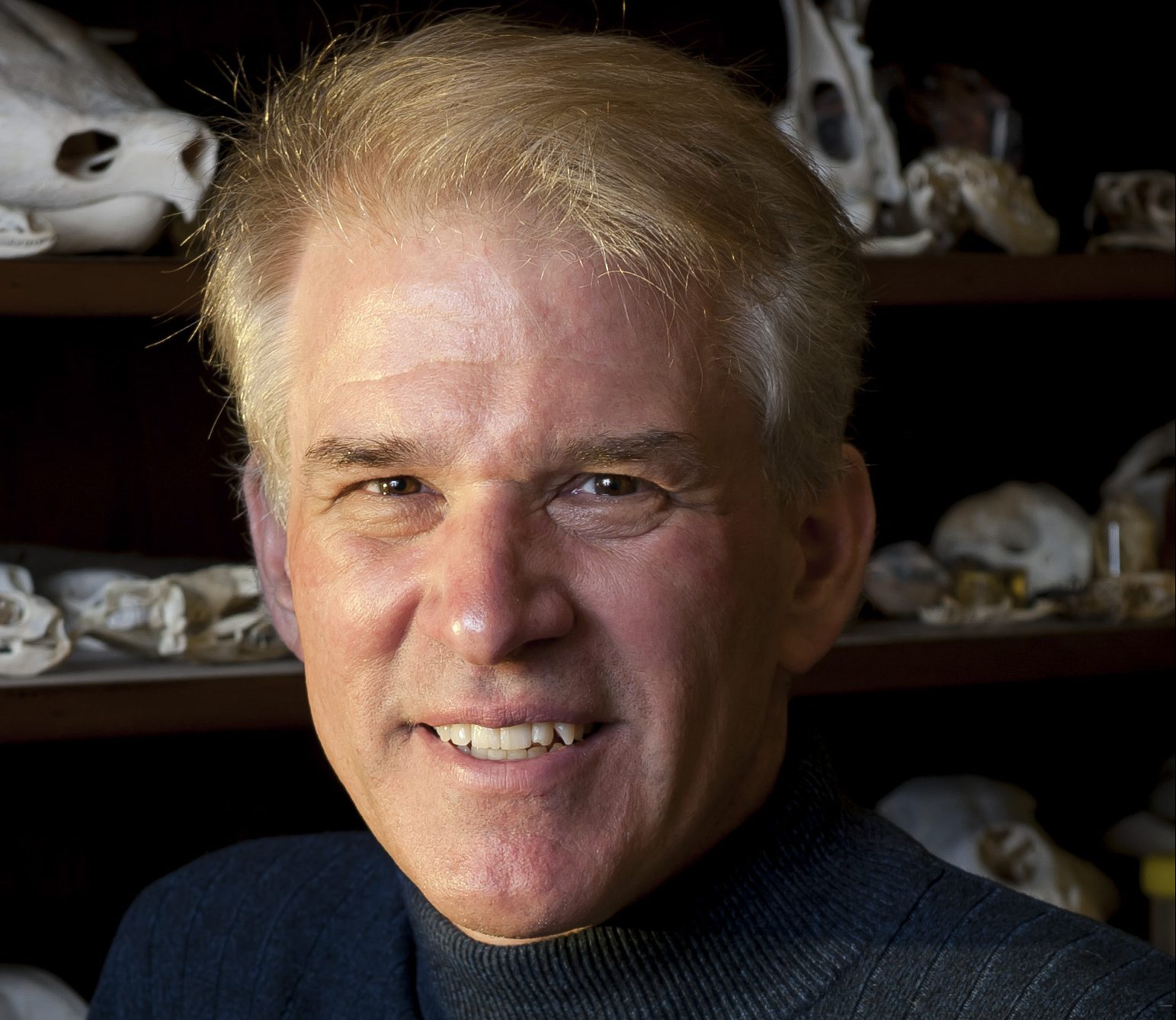
Humans couldn’t be further away from snakes in the evolutionary chain, but snakes’ ability to grow and restructure particular organs could impact future treatments for diabetes and other diseases in humans, according to a biology professor at The University of Alabama.
Dr. Stephen Secor, UA professor of biological sciences, was recently awarded a five-year, $296,430 National Institute of Health Transformative Research Award to study the pancreatic beta cells of four species of snakes, two of which have shown the ability to double the mass of their pancreas – an organ responsible for producing and releasing insulin to control blood sugar – in just a few days.
Secor’s grant is part of a $2,533,699 award with the Broad Institute Inc., a research partnership between Harvard University and the Massachusetts Institute of Technology.
Secor will collect the snakes and house them at UA, where he’ll extract plasma and pancreatic samples to send to Broad. From there, Broad researchers Amit Choudhary and Bridget Wagner will screen the plasma for active agents that stimulate beta cell growth.
Secor, Choudhary, and Wagner will compare pre and postfeeding gene profiles of extracted beta cells among the four snakes to identify the genes responsible for the remodeling of the beta cells.
“We’re leveraging, in a sense, these extreme responses these snakes possess, and, in this case, focusing on a way to remodel human beta cells, especially those that have lost the capacity to produce insulin,” Secor said.
The project involves four species of snakes: the Burmese python, the boa constrictor, the green tree python, and the diamondback water snake. Secor will isolate the pancreatic islet from each snake, both fasted and fed, and analyze the islets’ alpha and beta cells that produce the hormones glucagon and insulin, respectively, which serve to regulate blood glucose levels.
The primary attention, Secor said, is on the beta cells themselves because beta-cell failure underlies the development of type 1 and 2 diabetes.
“Whereas many of the current treatments deal with signaling the beta cells from something else, or simply dealing with high glucose, we’re going after the root of the problem – the beta cells,” Secor said. “What we’re hoping to do is find ways to remodel the human beta cell because that’s what the pythons are doing every time they eat.”
Most research on diabetes is done with mammals, which produce small gains for human medicine, like incremental decreases in blood glucose levels. However, restructuring beta cells would trigger a vast improvement because pythons, unlike rats or monkeys, are adapted to undergo unprecedented changes in organ form and function every time they eat.
It seems far-fetched to use python plasma and cells to improve the human condition, but there’s precedence, Secor said. The Gila Monster, a venomous lizard found in the Southwest region of the United States, produces a peptide (Exendin-4) found in their saliva that was replicated into a synthetic form, Exenatide, and is the active ingredient in the drug Byetta, which stimulates insulin production and lowers blood glucose for type 2 diabetics.
“So when you say it’s far-fetched, I say ‘Byetta,’” Secor said. “That’s lizard spit … and bingo, you got a drug.”
Prior to the NIH award, Secor had a tough go convincing pharmaceutical researchers of the viability of using python tissues to improve the human condition. Part of that disconnect was that medical researchers work strictly with mammals, mostly mice and rats.
The unfamiliarity with the physiology of other animals, combined with the “weirdness” of the concept, puzzled researchers, but the unconventionality of the study fit the criteria for the Transformative Research Award, which encourages investigators to develop “bold, innovative and often risky approaches” to solve seemingly unsolvable problems.
“I look at this from a totally different perspective, from an evolutionary perspective,” Secor said. “If it didn’t make sense that snakes were doing this, I would have a problem, but it makes perfect sense knowing about their evolution, feeding habits and natural history.
“My initial approach was never to do anything to improve the human condition, however, I’m finding that I can now justify to everybody how some of this basic biology we do has an importance. You never know what you’re going to find.”
